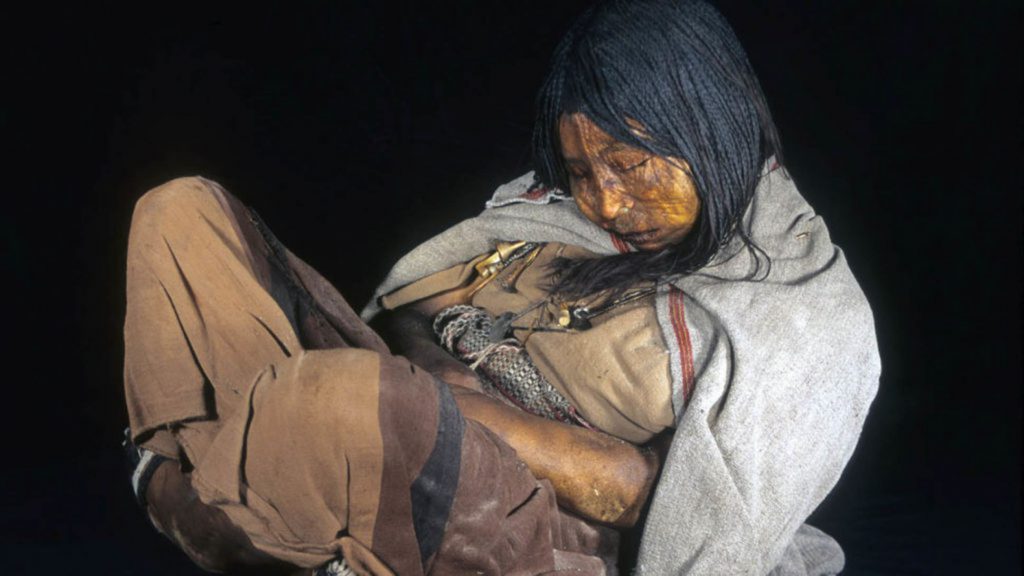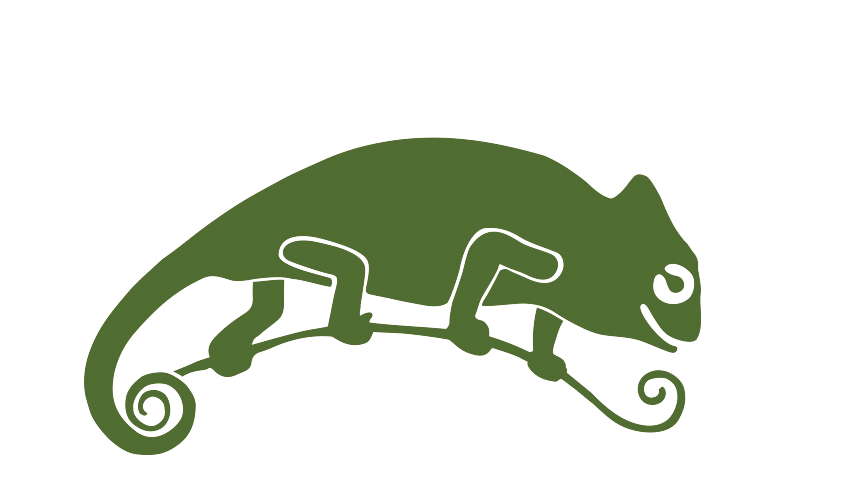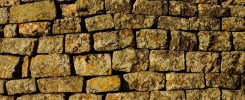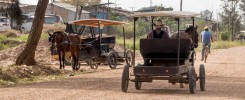LLullaillaco volcano, height 6700amsl. The colourful, solemn procession of priests and dignitaries is slowly moving towards the summit. Woven outfits, rich headgear and expensive, intricate decorations add them chic and elegance. Despite the very strict conditions they wear only sandals, and to relieve the effects of altitude sickness chew coca leaves. There are children within them. Three. A six-year-old girl, seven-year-old boy and fifteen-year-old woman, who in the atmosphere of the holy service must drink another portion of alcoholic chicha. It is possible that they also have been given some drugs. Tired of exhaustion and almost demented children are falling asleep. Maybe another stroke with the blunt tool on the back of the head – just to be sure – and their young bodies are laid to the grave. They are planted in a squatting position – face to the east, surrounded by valuable objects, and then burial chambers are closed. The sacrifice has happened. Maybe the gods will be kind … The procession is going down.
Probably such a kind of scenario of events took place over 500 years ago. Suffice it to say that at the end of the nineties, an expedition of archaeologists found on the top of LLullaillaco (the highest volcano in the area) Inca graves with perfectly preserved mummies of three children. Low temperatures and pressure as well as low oxygen content meant that 500 year old bodies are perfectly preserved, even though they were not mummified in any way. Skin, nails, hair… CT scans showed the completeness and good condition of internal organs, and the very young age of the dead was precisely determined based on their teeth.

This story sounds cruel, but in the culture of the Incas such sacrifices were not unusual. They probably did not happen often – maybe once a year. Sometimes one child and sometimes more. In sacred, hard-to-reach mountains, they were offered to the gods. They were offered without sorrow, because it was deeply believed that they would meet the spirits of their ancestors and ensure better communication between the temporal world and the spiritual one. The favorites were children from the best aristocratic families, with the highest beauty and in good health. A long and difficult procession was preceded by appropriate ceremonies in Cusco – the capital of the empire. Plenty of items made of the most valuable raw materials from all the Incas territory were put to the graves together with the bodies of victims. Gold, silver and minerals obtained high in the mountains, valuable shells collected on the coast of present Ecuador, feathers of colourful birds and cotton coming from jungle parts, and finally delicate wool of Altiplano alpacas and vicunas.
All this can be seen today at MAAM (Museum of Archeology of the High Mountains) in Salta. In the twilight, with the mysterious sound of the flute, you can watch many intricately made and perfectly preserved objects extracted from the tombs. The key part of the exhibition is occupied by a mummy of the girl placed in a special refrigerator. In particular we were touched by small children’s sandals placed in one of the showcases …
Unfortunately, due to the delicacy of the exhibits in the museum, taking photos is forbidden. That’s why we publish photos from the livescience.com website. It is also worth visiting the website of the museum itself maam.gob.ar


